Cleanrooms sit at the heart of the pharmaceutical and life sciences industries. These controlled environments are essential for processes where even the slightest contamination can compromise product integrity, patient safety, and regulatory compliance. Despite their importance, cleanroom operations are plagued by common errors that can disrupt workflows and jeopardize outcomes.
But that doesn’t mean you have to sit idly by and wait for a mistake to jeopardize the whole operation. You can make changes right now. Evaluate the most common mistakes to avoid when working in a cleanroom so that you can take immediate action.
Poor Gowning Practices
Incorrect gowning is one of the most common—and preventable—mistakes in cleanroom environments. Contaminants like skin particles, hair, or fibers from improperly donned garments can wreak havoc on a sterile workspace. Many operators underestimate the rigorous process required for effective owning, from proper handwashing to the precise sequence of donning gloves, caps, and coveralls.
Contamination from poor gowning doesn’t stop at the operator. It infiltrates equipment, air systems, and even product batches, resulting in costly waste and additional decontamination efforts. Training and re-training remain foundational to eliminating these risks. Comprehensive gowning protocols must be consistently enforced, with strict monitoring to ensure compliance.
Ignoring Airflow Dynamics
Misunderstanding airflow dynamics is one of the biggest mistakes you should avoid when working in a cleanroom. A cleanroom design is meticulously engineered for unidirectional airflow, ensuring contaminants are always directed away from critical zones. Yet, unintentional obstructions, improper workstation placement, or rapid operator movements can disrupt airflow dynamics and introduce contaminants to sensitive areas.
Operators must grasp the impact of airflow on contamination. Approaching laminar flow hoods incorrectly or placing materials inappropriately can disturb the intended flow, negating the effects of the cleanroom’s HEPA filtration.
Regular reviews of cleanroom layouts, combined with real-time particle monitoring systems, can help eliminate these issues. Education is equally important. Operators performing tasks should understand their position in relation to airflow patterns to ensure they’re not introducing turbulence into carefully controlled environments.
Not Keeping the Cleanroom Clean
Cleaning schedules that fail to account for hidden contamination hotspots—like ceilings, filters, and ingress points—can create cumulative risks. Equip yourself with the right materials to ensure you always clean the space as thoroughly as possible. For example, choosing the right disinfectants is one of the easiest and best practices for disinfectant validation in cleanrooms.
Similarly, adhering to routine equipment servicing is frequently sidelined in favor of meeting production quotas, a trade-off that is rarely worth the consequences. Always adhere to preventative maintenance protocols, including filter replacement and integrity testing for HVAC systems. Robust record-keeping can provide operators and managers with a clear timeline for interventions.
Continuous improvement, rigorous training, and a culture of accountability shape cleanroom success stories. If you work in a cleanroom, remember that awareness and proactive measures form the difference between disruption and perfection. Your expertise and dedication fuel innovation and safety.
- What can you do to maintain efficiency and cleanliness in your cleanroom?
- Do you lack the right tools to keep cleanroom environments sanitary?
- Do you have a consistent gowning routine?
- How can you avoid falling back on unclean habits?
- What common mistakes do you see occur in cleanrooms?


